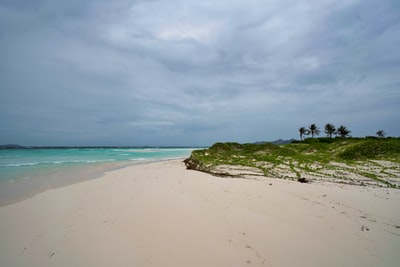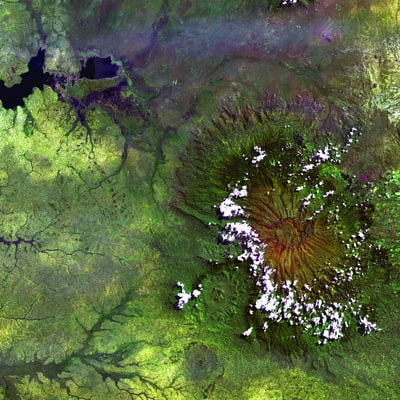What do we mean by the phrase ‘Mass Tourism’?
Some destinations are so famous that each year millions of people descend on them. Some examples include Ayers Rock/Uluru (see Case Studies), the Great Pyramids and cities like London and New York. Some destinations are more able to cope than others; after all, cities are designed and built with visitors in mind, but it is doubtful whether the designers of the pyramids ever expected millions of people to come and see their creation.
Extreme Environments
What are the effects of tourism on extreme environments?
Every year more people decide to visit more extreme destinations to climb, dive, hunt and generally experience things they don’t encounter in their daily lives. This is partly due to the relative cheapness of visiting extreme destinations, and possibly because many people’s lives in the developed world are so regulated that they need to let off steam.
The Economic Impact
Many different environments are now on the tourism map. What is the economic impact?
Tourism is big business. In fact it’s now the most important business in the world. ‘Tourism’ means travelling for leisure rather than work, family or religious reasons. Every year more people visit other countries and other places in their own country. But why? Part of the reason is that the cost of travel compared to people’s incomes has got much smaller. In the 1950s hardly anyone flew abroad on package holidays; now a great many people in England regularly visit places like Spain and France.
As people become more sophisticated in their tastes, they choose to travel not simply to sit on a beach but to enjoy foreign cultures and foreign foods. Many people now forgo beach holidays altogether in favour of visiting new cities or more unusual and adventurous destinations.
Even cities and countries that you might not expect to be major tourist destinations are seeing an increase in visitors. Places like North Africa, the Middle East, South America and even Mongolia are now visited by millions of travellers each year.
For some countries, like France and the United States, foreign visitors represent a small proportion of the annual GNP, whereas for places like Thailand and Mauritius tourism is a vital source of revenue. This is partly because these places don’t produce many goods and need visitors’ money.


